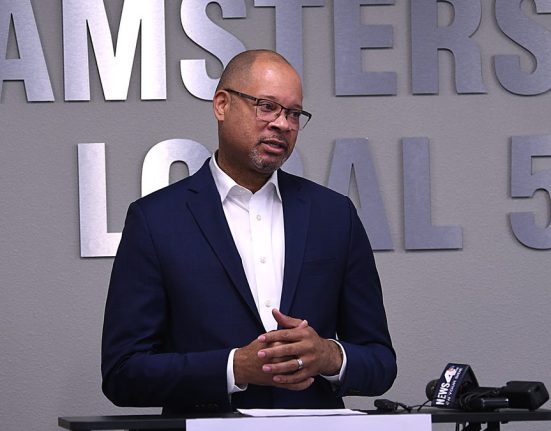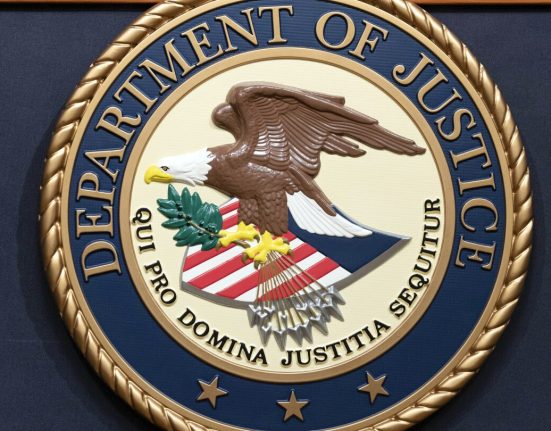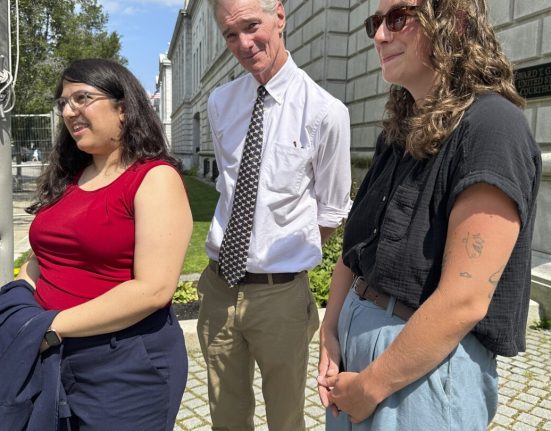University tuition in the United States is notoriously expensive — so much so that Americans currently have over $1.6 trillion in student loan debt. But now, the routine process of taking out student loans has been overhauled as a result of the One Big Beautiful Bill, which President Donald Trump signed into law last week.
The new law eliminates some student loan programs and adds borrowing caps that could make it harder for people to earn advanced degrees. In some cases, it could make financing college more difficult.
“This bill makes monumental changes to the higher education system,” said Sarah Sattelmeyer, project director for education, opportunity, and mobility in the Higher Education initiative at the liberal think tank New America. “And a lot of the elements in the bill are going to make college more expensive or harder to access, especially for the lowest-income students, families, and borrowers.”
So what, exactly, is in this bill, and how will it impact student loan borrowers?
Borrowers will have fewer repayment options
On X, Education Secretary Linda McMahon said that the president’s spending bill “simplifies the overly complex student loan repayment system.” In a way, she’s right. The law consolidates a variety of student loan repayment options.
Before, students could choose from roughly a dozen financing options, including the Biden-era SAVE plan, an income-driven repayment plan that eventually leads to loan forgiveness. Now, they have just two options. The first is the standard repayment plan, which includes a fixed monthly payment over a set period of time based on how much someone borrowed. The second is the Repayment Assistance Plan (or RAP), which is an income-driven repayment plan where borrowers’ payments are a certain percentage of their income. The more money someone makes, the more that percentage increases.
But while McMahon was right to say that the student loan repayment system is simpler, she left out the fact that dramatically limiting the number of repayment options will make it harder for people to finance their student loans according to their particular needs. “Streamlining this system is a really important goal,” Sattelmeyer said. “But one outcome of this plan is that payments would be more expensive for those at the bottom of the income ladder, and that’s a really important piece in terms of people’s ability to repay their loans.”
One analysis found that under RAP, monthly payments could be hundreds of dollars more than they are under the SAVE plan, which is currently blocked by the courts and will be officially eliminated under Trump’s new law.
The Urban Institute also pointed out that the bills passed by the House and Senate don’t account for inflation. “This means as incomes rise over time, borrowers who make the same amount of income in real terms would gradually pay a larger percentage of their income over time,” wrote Kristin Blagg, principal research associate in the Work, Education, and Labor Division at the Urban Institute.
The new caps on loans will make it harder to afford advanced degrees
As this bill was making its way through Congress, experts were warning that it could worsen America’s doctor shortage. That’s because the law imposes new limits on how much people can borrow for graduate school and scraps the Grad PLUS loan program, which allows students to take out enough loans to cover the full cost of their programs.
For graduate students, the new law puts an annual cap of $20,500 and a lifetime cap of $100,000 on borrowing. Those seeking professional degrees, like medical or law degrees, have an annual limit of $50,000 and a $200,000 limit in a lifetime. As I wrote last month, putting limits on how much money people can borrow is generally a good idea, because high amounts of debt can drag people down and get people in financial trouble. The problem is that the limits this law imposes simply won’t be enough to cover the actual costs of these programs. According to the Association of American Medical Colleges, the median cost of attending a four-year medical program at a public school is over $280,000. At private institutions, it’s just under $400,000.
“Loan limits are an important tool but I think the challenge here is it can be hard to know where, exactly, to set those limits,” Sattelmeyer said. “The bill also doesn’t address a lot of the other underlying issues with the program: It does not provide additional grant aid or funding to low resource students. And so it is limiting loans and not necessarily providing additional resources.”
That means that some students might be pushed to turn to private lenders, who tend to charge higher interest rates. And in some cases, borrowers might not even qualify for those private loans. “Private student loans often require a cosigner, so some students may not qualify, and they may have no options to fully finance and attend graduate school. So there is a possibility that for some students, this will be a barrier to accessing graduate school,” Sara Partridge, associate director for higher education policy at the Center for American Progress, recently told Business Insider.
It’s difficult to predict both how this bill will affect the higher education system as a whole and just how much more expensive it will be to attend universities. What’s clear is that while Republicans tout their success in passing this bill, the Americans who stand to benefit from it the most are the wealthy who will get yet more tax cuts, all while middle- and low-income households have a harder time cobbling up the funds to pay for a hard-earned degree.







